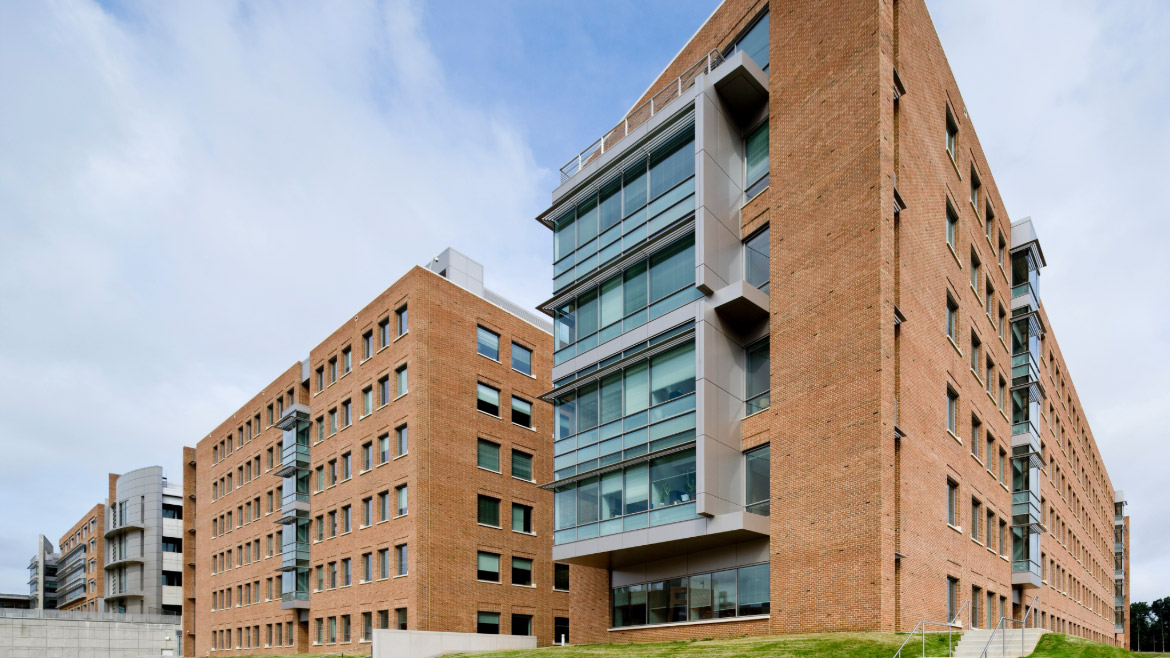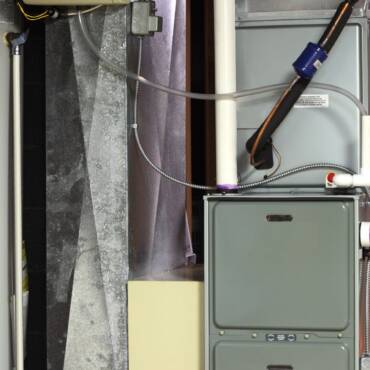A person’s viewpoint is as unique to them as their own DNA, especially when it comes to this subject. Some vehemently argue that decarbonization is long overdue, while others state that it’s just “fake news,” using the overused phrase, saying we should not be concerned because it’s just Mother Nature doing her thing. This divisiveness continues to fuel a raging debate: “Mankind’s Influence versus Mother Nature.”
Decarbonization is widely viewed as an essential core strategy for mitigating the impacts of climate change. Some consider this approach as the needed direct response to human-caused carbon emissions. This opinion is centered on the belief that carbon emissions are the biggest cause of the current pace of climate change, based on human activity. On the other side of this ongoing debate is the extent to which these changes are not man-made but natural occurrences. This group sees it as part of the role that Mother Nature’s natural processes and variations have in shaping the Earth’s climate.
In my humble opinion, decarbonization should be based on balancing these two different perspectives, recognizing both the human influence and the natural forces that have shaped Earth’s climate systems over millennia. This approach is not about ignoring one side but understanding the inconsistencies and complexities that arise when we evaluate the relationship between carbon emissions and climate change.
Engineers, by their very nature, deal in facts and figures only, so in other words, they live in a world that is purely black and white—NO GRAY! This subject, however, is not only gray, but there are shades of gray!
Argument for Mankind’s Influence
A key tenet of the decarbonization argument is rooted in the belief that human activities, especially the burning of fossil fuels, are driving accelerated planet warming. According to the Intergovernmental Panel on Climate Change (IPCC) and numerous others in the scientific community, the increased concentration of greenhouse gases (GHGs) in the atmosphere, especially carbon dioxide (CO2), has been primarily caused by Man’s industrialization. Since the start of the Industrial Revolution, global concentration of CO2 has risen by over 40%, which appears to be a direct result of burning coal, oil, and natural gas.
This rise in atmospheric carbon is believed to be linked not only to rising planet temperatures but also to extreme weather events such as more frequent heatwaves, flooding, droughts, and intensified storms. The connection between carbon emissions and Earth warming is clear, as they see it. Decarbonization strategies that focus on reducing these emissions by transitioning to renewable energy, improving energy efficiency, and adopting carbon capture technologies form the basis of their only path forward.
Mother Nature’s Role
If we are going to emphasize the Mankind’s-influence side, it is also important to consider and acknowledge the role that Nature plays in shaping the Earth’s climate. Throughout Earth’s history, which includes the time prior to the Industrial Revolution, the planet has experienced periods of warming and cooling that have been driven by factors like volcanic activity, solar radiation fluctuations, and natural carbon cycles. One such example of this occurred during the Pleistocene epoch, when ice ages were followed by warming periods, driven by orbital variations known as Milankovitch cycles, which affect the amount of solar energy Earth receives. The transition from the last ice age to the current interglacial period (the Holocene) occurred over thousands of years, a process driven by natural factors that are still not fully understood.
Volcanic eruptions can release large amounts of CO2 into the atmosphere. Solar radiation, while relatively stable, also fluctuates, influencing the Earth’s climate on long timescales. In the absence of human intervention, these natural processes would still affect global temperatures, potentially leading to cycles of warming and cooling that are unrelated to human carbon emissions.
The Shades of Gray
As stated previously, we have “shades of gray.” On one hand, the urgency of addressing human-made emissions is clear, with rising temperatures and the risks posed to ecosystems, economies, and human societies. On the other hand, the long-term climate record suggests that natural variability can also play a significant role in shaping the climate, which raises questions about the overall effectiveness of decarbonization as the sole solution to climate change. This discrepancy highlights an important tension in the decarbonization debate.
The Right Approach
First, we all need to be rowing in the same direction. While I’m not advocating for either side, I am advocating for Nature and my children’s children’s children’s future. They deserve clean air, clean water, and a way to provide power (as clean as possible) for years to come. This can only happen with open and honest dialogue and working together. Mandating, forcing, or scaring someone to do something they don’t want to do rarely works well. Consider a child who is told to eat their spinach—they will resist regardless of the consequences. While I’m not calling people on either side of the debate children, I’m pointing to basic human nature to resist ideas that they don’t agree with.
We need to acknowledge that both human activities and natural processes could contribute to the changing climate. When discussing mitigating effects of climate change, decarbonization efforts should be understood as part of a broader strategy for climate resilience, rather than a panacea. Decarbonization should be approached with flexibility, considering the regional and sectoral variations in the causes of emissions. Let’s look at some examples of why an honest and open approach to addressing these real issues is needed.
- The Earth is warming—why, obviously, is up for debate. According to NOAA and the figure below, which shows the historical temperatures of the planet warming, there’s no dispute. However, the pandemic year, 2020, indicates that year’s temperature was among the highest, while all other CO2-emitting sectors appear to be down. Years 2021 and 2022 were lower temperatures, but the CO2 emissions were on the rise. I’m not a climatologist nor claim to be, but these anomalies make one wonder.
- It is estimated that approximately 33% of the USA’s CO2 emissions (over 40% globally) comes from power plants. The hunger for power consumption, especially in the US, is on the rise and comes from three particular market sectors: EV charging, data centers, and cannabis production. It’s already understood that current power production is not capable of handling the rising demand nationwide, as recently discussed by the Washington Post. Additional power plants are needed. Now add the big push towards electrification into the mix—how will that affect CO2 levels? As a side note, while coal-fired plants are the worst offenders of putting CO2 into the atmosphere, their use is in decline—lowest level since 1902.
Building decarbonization is necessary from a common-sense perspective alone and, in my opinion, is the easier path to follow and achieve:
- Reuse and renovate existing buildings—plain and simple, there is a lot of existing building stock, plus their embodied carbon is already accounted for. Just make them more efficient through improvements to windows, insulation, lighting, adding solar where it makes sense, AC, etc. Note: According to Architecture 2030, by the year 2040, two-thirds of the world’s buildings without upgrades will still be emitting GHGs.
- For new buildings, again use common-sense approaches: Optimize building orientation to reduce air conditioning load. Design with achieving Net-Zero in mind. Put heavy equipment (chillers, cooling towers, generators, etc.) on the lower floors or on grade, thereby reducing structure and embodied carbon. Design with less glass—besides reducing the embodied carbon from cladding, it will reduce the AC load and energy consumption. Last but not least, where applicable, consider the use of CLT construction; besides adding building character, it comes with a side order of sequestered carbon.
Conclusion
This article was not meant to side with or condemn any one position but to encourage readers to do their research, review both sides, and develop an informed position. It’s my opinion that only by working as a team, with the same common goal, can we overcome these challenges together.
Al LaPera, CxA, EMP, Kimley-Horn will be discussing decarbonization at CxEnergy 2025, the premier conference & expo in commissioning and energy management (April 28-May 1, Charlotte, NC). Learn more at www.CxEnergy.com.
Whether you require installation, repair, or maintenance, our technicians will assist you with top-quality service at any time of the day or night. Take comfort in knowing your indoor air quality is the best it can be with MOE heating & cooling services Ontario's solution for heating, air conditioning, and ventilation that’s cooler than the rest.
Contact us to schedule a visit. Our qualified team of technicians, are always ready to help you and guide you for heating and cooling issues. Weather you want to replace an old furnace or install a brand new air conditioner, we are here to help you. Our main office is at Kitchener but we can service most of Ontario's cities
Source link



